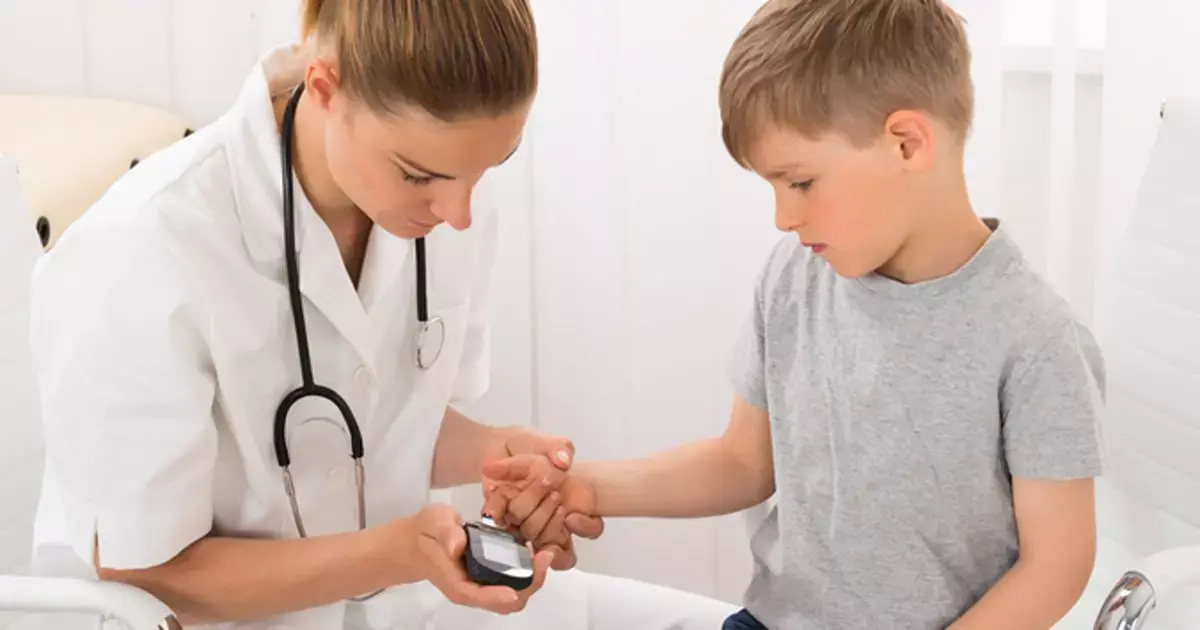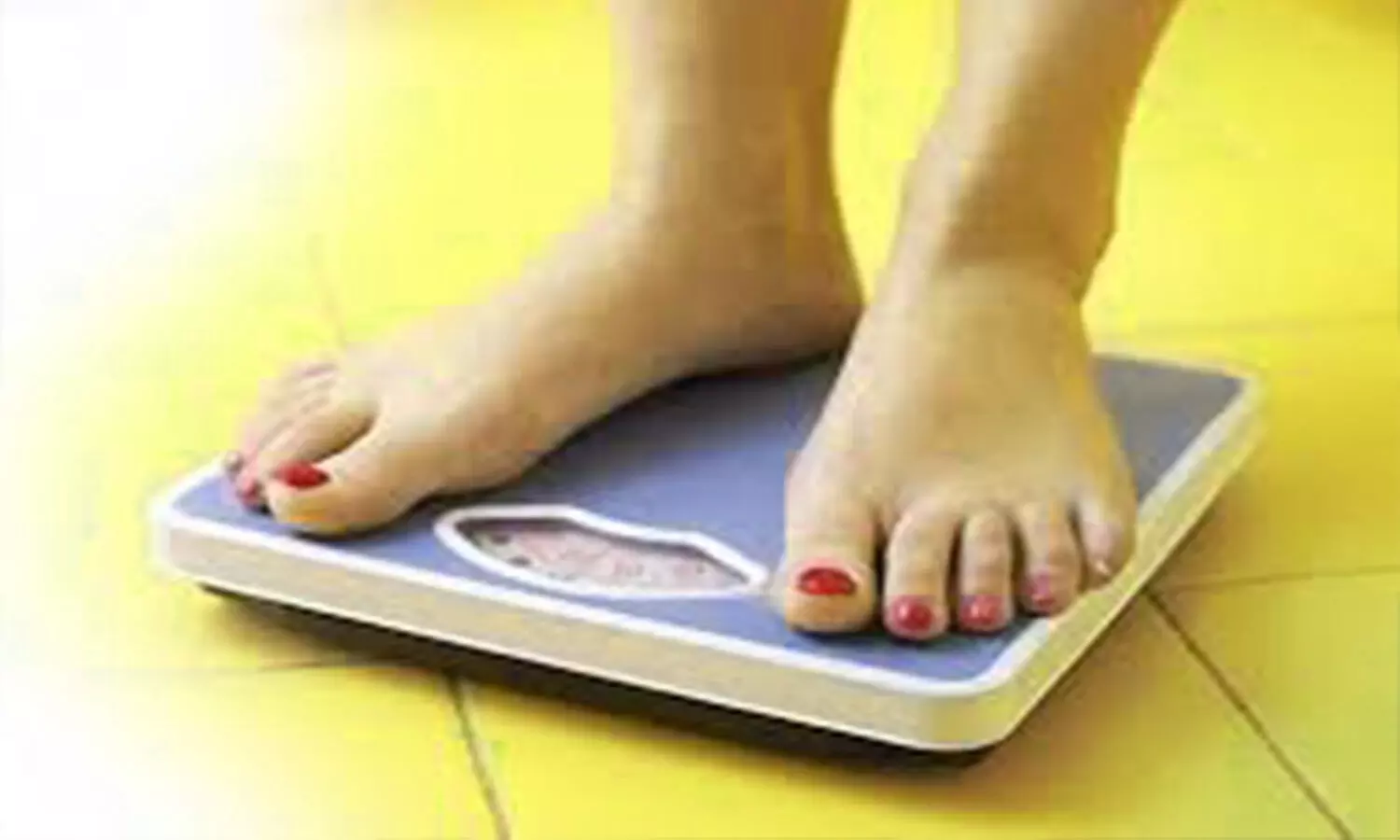- Home
- Medical news & Guidelines
- Anesthesiology
- Cardiology and CTVS
- Critical Care
- Dentistry
- Dermatology
- Diabetes and Endocrinology
- ENT
- Gastroenterology
- Medicine
- Nephrology
- Neurology
- Obstretics-Gynaecology
- Oncology
- Ophthalmology
- Orthopaedics
- Pediatrics-Neonatology
- Psychiatry
- Pulmonology
- Radiology
- Surgery
- Urology
- Laboratory Medicine
- Diet
- Nursing
- Paramedical
- Physiotherapy
- Health news
- Fact Check
- Bone Health Fact Check
- Brain Health Fact Check
- Cancer Related Fact Check
- Child Care Fact Check
- Dental and oral health fact check
- Diabetes and metabolic health fact check
- Diet and Nutrition Fact Check
- Eye and ENT Care Fact Check
- Fitness fact check
- Gut health fact check
- Heart health fact check
- Kidney health fact check
- Medical education fact check
- Men's health fact check
- Respiratory fact check
- Skin and hair care fact check
- Vaccine and Immunization fact check
- Women's health fact check
- AYUSH
- State News
- Andaman and Nicobar Islands
- Andhra Pradesh
- Arunachal Pradesh
- Assam
- Bihar
- Chandigarh
- Chattisgarh
- Dadra and Nagar Haveli
- Daman and Diu
- Delhi
- Goa
- Gujarat
- Haryana
- Himachal Pradesh
- Jammu & Kashmir
- Jharkhand
- Karnataka
- Kerala
- Ladakh
- Lakshadweep
- Madhya Pradesh
- Maharashtra
- Manipur
- Meghalaya
- Mizoram
- Nagaland
- Odisha
- Puducherry
- Punjab
- Rajasthan
- Sikkim
- Tamil Nadu
- Telangana
- Tripura
- Uttar Pradesh
- Uttrakhand
- West Bengal
- Medical Education
- Industry
Neutrophil gelatinase-associated lipocalin and Hs CRP may detect AKI in diabetic children

A recent study found that levels of Neutrophil gelatinase-associated lipocalin and highly sensitive C reactive protein can be used to detect early acute kidney injury in children with type 1 diabetes. The study results were published in the journal BMC Pediatrics.
The most common cause of morbidity and mortality in diabetic patients is infection. In high glucose concentrations, few microorganisms become more virulent. Asymptomatic and symptomatic bacteriuria is most likely seen in diabetics. Literature shows that Neutrophil gelatinase-associated lipocalin (NGAL) is one of the earliest and the most indicative biomarkers of acute kidney injury (AKI and it is secreted in high concentrations into the blood and urine within two hours of AKI. Hence researchers conducted a study to detect UTI in type1diabetic children through screening of their urine samples and measurement of NGAL urinary levels in cases with asymptomatic bacteriuria for early detection of AKI to prevent serious complications.
A prospective study was carried out on 1022 known diabetic children with regular follow-up in the endocrine outpatient clinic at Minia Children's University hospital by screening for UTI. Three groups were formed with 52 children in each. Group, I had 52 diabetic children diagnosed with asymptomatic bacteriuria, group II had 52 diabetic children with normal urine analysis and group III had age and sex-matched controls with 52 healthy children. CBC, Renal function test, HbA1c, hsCRP, Albumin/creatinine ratio, urine examination, urine culture, Gon, and urinary NGAL were done to all children.
Results
- Thirty-seven females (71.2%) had asymptomatic bacteriuria, Hs CRP and urinary NGAL were significantly higher, while GFR was significantly lower in diabetic children with bacteriuria than in the other two groups.
- For diabetic children with bacteriuria, (AUC) for NGAL was 1 with an optimal cutoff value of > 44.1 while AUC for hsCRP was 0.887 with an optimal cutoff value of > 1 (Sensitivity of 82.69% and Specificity of 90.38%).
Even if a child has no symptoms, all diabetic children should have their urine analyzed regularly. Since NGAL and hsCRP are non-invasive tests that can detect early renal injury in these patients, proper treatment of UTIs should be started as soon as possible to avoid renal injury.
Further reading: Bebars, G.M., Mostafa, A.N., Moness, H.M. et al. Assessment of early kidney injury caused by asymptomatic bacteriuria in children with type 1 diabetes. BMC Pediatr 22, 643 (2022). https://doi.org/10.1186/s12887-022-03689-1
BDS, MDS
Dr.Niharika Harsha B (BDS,MDS) completed her BDS from Govt Dental College, Hyderabad and MDS from Dr.NTR University of health sciences(Now Kaloji Rao University). She has 4 years of private dental practice and worked for 2 years as Consultant Oral Radiologist at a Dental Imaging Centre in Hyderabad. She worked as Research Assistant and scientific writer in the development of Oral Anti cancer screening device with her seniors. She has a deep intriguing wish in writing highly engaging, captivating and informative medical content for a wider audience. She can be contacted at editorial@medicaldialogues.in.
Dr Kamal Kant Kohli-MBBS, DTCD- a chest specialist with more than 30 years of practice and a flair for writing clinical articles, Dr Kamal Kant Kohli joined Medical Dialogues as a Chief Editor of Medical News. Besides writing articles, as an editor, he proofreads and verifies all the medical content published on Medical Dialogues including those coming from journals, studies,medical conferences,guidelines etc. Email: drkohli@medicaldialogues.in. Contact no. 011-43720751




